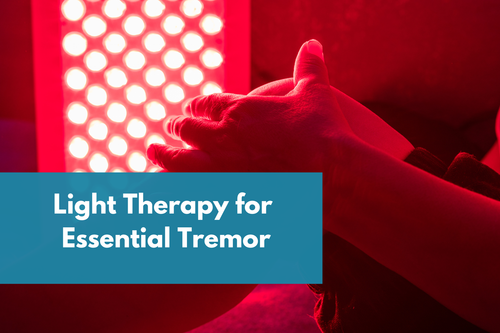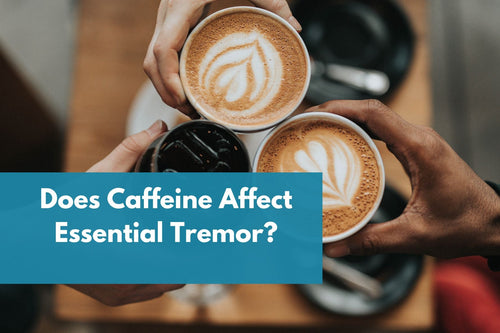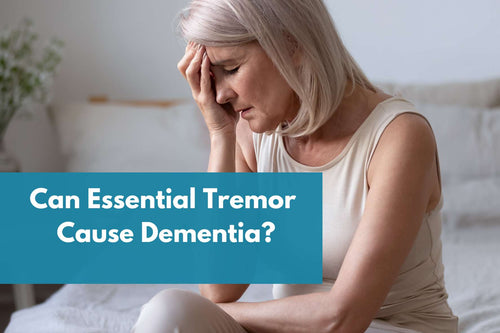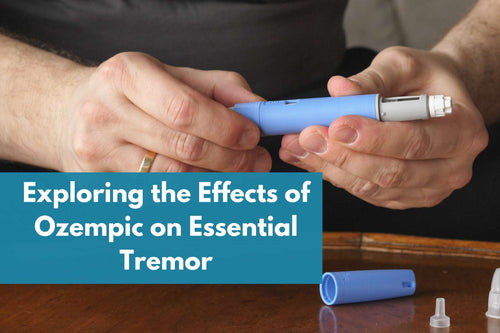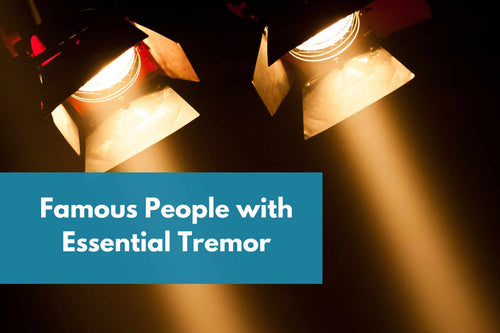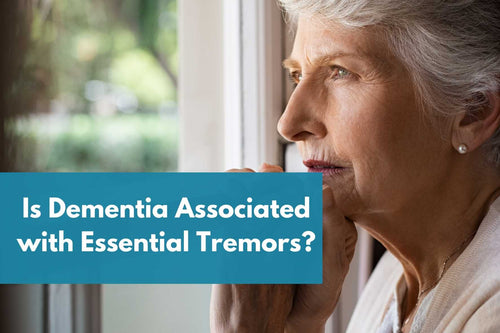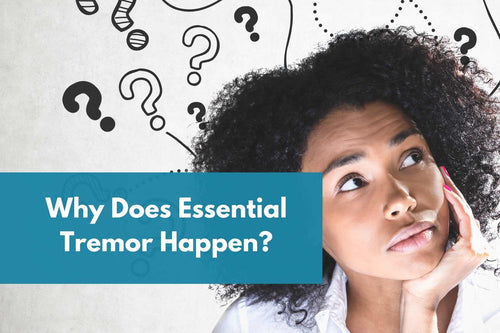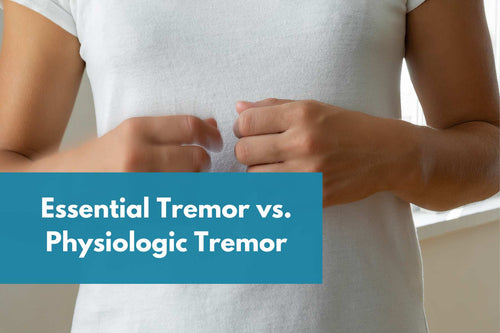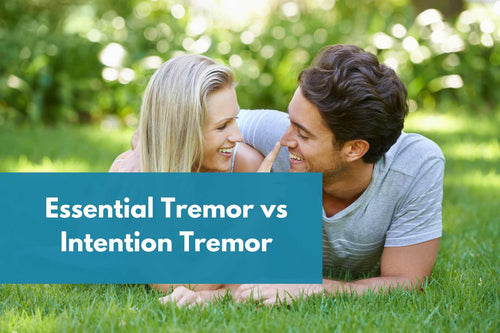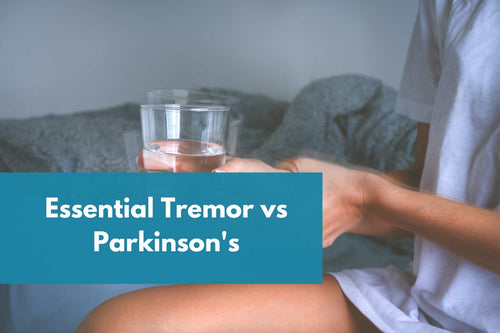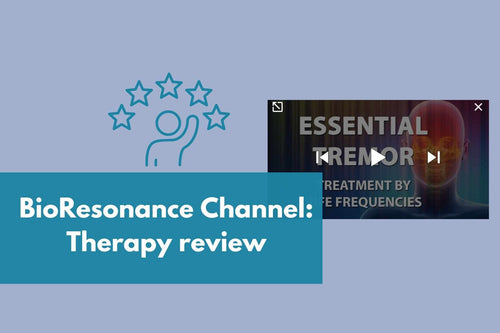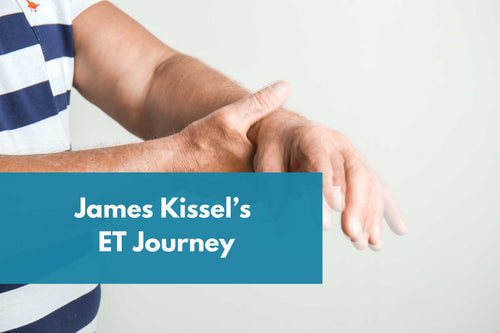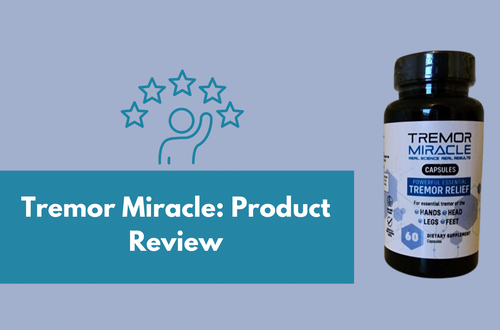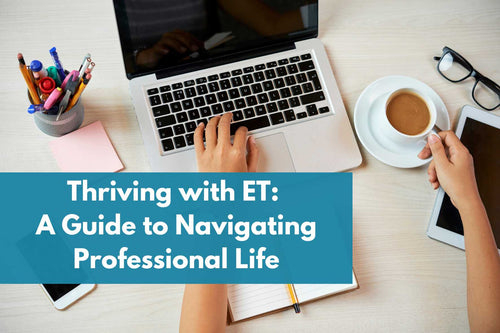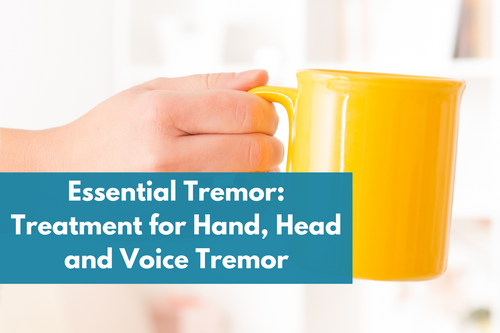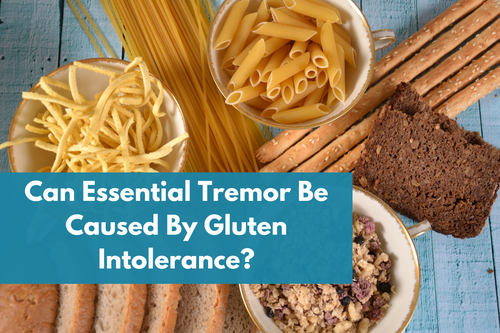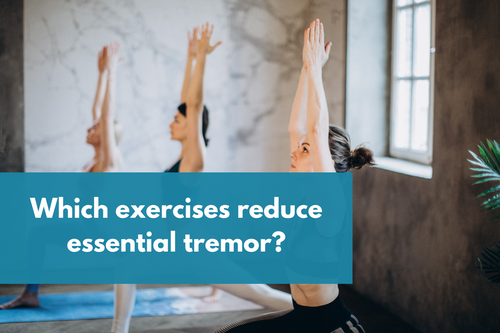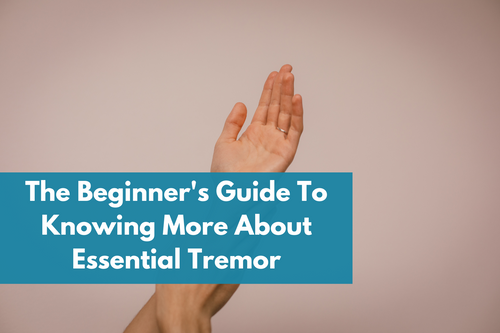
Managing Essential Tremors
Share
“I didn’t know why I was shaking and why It got worse when I was nervous, tired, or experienced extreme emotions”, says Hannah. “It freaked me out!”
“People got the wrong impression of me, thinking I was nervous or scared during my first encounter with them. I began to feel anxious around people and this knocked my confidence.
My parents first noticed this when I was a baby and it was later confirmed by the neurologist that I had a condition called Essential Tremors”.
Hannah is not alone, approximately 24.9 million people are suffering from essential tremors in the world every day.
What is essential tremor?
Levy and Chen describe it as a slowly progressive disease that can affect any part of your body during static positions or when performing any movements.
Although essential tremor (ET) is not life threatening and does not affect your life expectancy, it often causes social embarrassment. ET can also make harder to perform certain daily tasks. For a small percentage of patients, however, it could become a serious disability.
Symptoms can often increase in severity and become more disabling overtime, often forcing patients to change jobs or unable to pursue their hobbies like painting, drawing, or playing their favorite musical instrument.
The upper limbs are often symmetrically involved, but as the disease progresses, it can affect other parts of the body such as the legs, jaw, face, trunk, and voice.
ET is common in older people although it may often affect young individuals, especially when it runs in the family.
Patients often present with hand shaking, head nodding, problems with writing, drinking from a cup, wearing clothes or shoes or a trembling sound when it affects the voice box.
Physiological (fever, infection, etc.) and psychological stress worsen the condition.
Theories suggest that it may be due to a dysfunction of the group of neurons affecting some parts of the brain that are involved in coordinating and controlling muscle activity.
Are essential tremors curable?
Unfortunately, there is no cure for ET however, as we will see later in this blog, there are many ways to drastically relieve the symptoms and make living with tremors less distressing.
Since the actual cause for ET is hotly debated to date, it is difficult to find a cure when we do not fully understand this condition yet.
It is thought that multiple factors are at play such as abnormal brain activity, family history and environmental factors.
There is often a strong family history associated with this disorder. When someone suffers from ET, there is 50% chances that his children may have ET too.
What popular treatments are still being used?
Essential tremor treatment is based on the severity of the tremor, tremor-related disability, and the patient’s perception of the quality of life. People with mild symptoms with no functional or physical disability usually do not require any treatment.
Your doctor may consider prescribing medication to relieve the symptoms if you have severe impairment in both motor and psychosocial aspects (such as fear of stigmatization, social isolation, and depression) in your daily life.
Medical treatment remains a first choice. Primidone, propranolol, and topiramate are some of the potential medications that are clinically useful. They are currently used as the first-line therapy when treating ET.
Various other drugs have been studied such as botulism toxin A injection, benzodiazepines, antipsychotics, and anticonvulsants but there is no robust scientific evidence that they actually work.
Many patients taking medical treatment may not show improvement in their symptoms but experience unpleasant side effects when taking them.
Additionally, ET becomes progressively worse as you age. As a result, if a medication was initially effective, it may no longer adequately manage the tremor.
Now, patients with debilitating symptoms who did not respond to the medications may be offered an option for surgery. Surgery being more effective than medical treatment it is reasonable to use at least two first-line drugs before considering this option.
Surgery targets a small area in our brain called the ventral intermediate nucleus (VIM) which is in the thalamus that is involved in making the tremors.
In the past, the main surgical intervention was thalamic lesioning, however, this approach fell out with the development of Deep Brain Stimulation (DBS).
The DBS is called the Pacemaker for the Brain. It is the most common surgical treatment used for ET. Remains popular in many parts of the world. DBS is not a cure but it can regulate signals in the brain that cause tremors.
It involves sending electrical stimulation to the brain through an electrode implanted deep in the VIM. It has shown to be very effective for hand and arm tremor, however it may also be helpful in controlling head, voice, and leg tremor.
Its primary advantage is that it can treat tremors that affect both sides of the body. It serves to be a highly effective and a safe treatment method even though it is associated with high costs and surgical related side effects.
Another option is radiosurgery or ablation that uses focal radiation to destroy the tissue in the target area of the brain. This method is now rarely used and limited to a few highly specialized centers worldwide. It has now been replaced by DBS.
How to best deal with essential tremors in 2023?
Good News!
No need for invasive surgery anymore!
Focused Ultrasound is a rapidly involving, noninvasive technology that uses ultrasonic energy without damaging surrounding tissues to treat many medical disorders without undergoing a cut or an incision.
Hold On! There is more to this,
The procedure is performed while you are awake and the resolution of symptoms is immediate, proving it to be an excellent option for patients who do not respond to medical treatment.
It was approved by the Food and Drug Administration (FDA) in July 2016 for its use in ET. While medical treatment remains the first-line option, surgery is currently being replaced by non-invasive options.
Okay, now let's not forget that surgery is not the only solution to deal with ET.
Conservative treatment can be very helpful in managing tremors and boosting your self-confidence. These include occupational therapy, speech therapy, psychotherapy, or adaptation of coping strategies that can improve your quality of life.
We know that anxiety and stress worsen tremors. Patients should be educated on simple interventions such as having sufficient sleep and muscle relaxation techniques that can also help in reducing the symptoms.
For some tremors can be reduced by simple lifestyle changes such as avoiding food triggers for example caffeine, gluten, or refined sugars, or getting clothes and shoes that are easy to wear.
Currently, commercially available assist devices are specifically tailored for patients with tremors and can be used to support their daily activities comfortably.
Certain medications (like certain antidepressants, antiepileptics, or inhalers) can worsen the symptoms. It is wise not to stop these medications unless advised by the doctor.
When you visit your doctor, it is important to discuss if your symptoms are worsening, or if there is anyone in the family having similar symptoms.
Finally, you must understand your diagnosis and treatment options. Ask questions, join support groups, and discuss your goals and expectations concerning your tremor, but understand that available treatment is not always adequate.
Author: Dr. Buddhini Dolapihilla. Medical doctor and research assistant at Faculty of Medicine, University of Colombo, Sri Lanka.

